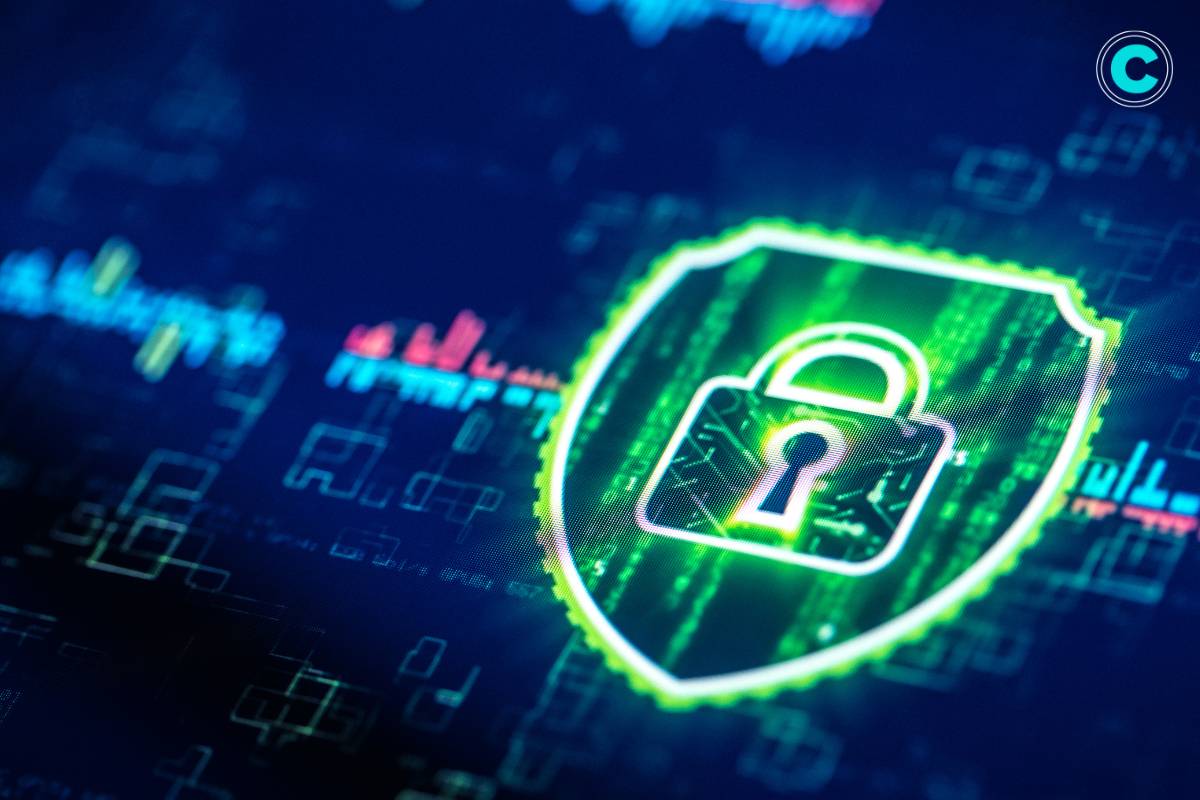As we navigate the ever-shifting landscape of security challenges, from cyber threats to physical breaches, one thing is for sure: technology is our trusty sidekick in this high-stakes game of defense. Modern organizations are, therefore, exposed to several threats, but thanks to the advancement of technology. It is now possible to address major security issues using modern technology, which makes it easier to collect information, analyze it, and provide feedback. This output effectively help in making essential decisions, mitigating risks that could stall the operations of a business.
What would it be like if there was no way to make surveillance within the workplace? My guess is as good as yours. The cases of theft, fraud, forgery, violence, and threat, among others, dot the normal day-to-day operations of an organization. This article explores how technology can solve modern challenges, from cybersecurity to surveillance and beyond.
Battling the Invisible Threats
The advancement of technology has brought new forms of threats. Cybersecurity is the main challenge that most organizations are battling in our times. The data released by Cybersecurity Ventures indicated that cybercrime was estimated to cost the world about $6 trillion annually by 2021, an increase from $3 trillion in 2015. These numbers are scary because the growth rate shows the potential loss experienced by this vice. It also underscores the urgent need to invest in workable security infrastructure to protect organizations from vulnerabilities.
Fortunately, the emerging technologies have offered solutions to the problem. Introducing Artificial Intelligence and machine learning enables proactive threat detection and response. These technologies can analyze data and identify patterns that may indicate cyber-attacks. Regarding the importance of cyber-attacks, we acknowledge the need to beef up technology. Through Lauth’s services, we shall use the latest surveillance technology to expose unseen factors in your workplace.
Physical Security: From Locks and Keys to High-Tech Wonders
Let’s shift our focus from the digital to the physical world. Remember the days when all that was needed in your office was a sturdy lock and key? Allow me to inform you that those days are gone. Today, we have a whole arsenal of modern technology, which can provide more enhanced security for physical and digital assets, which are the backbones of your organization. Take video surveillance, for example; it is estimated that the global video surveillance market is expected to hit $144.85 billion by 2028. The idea here is not having surveillance everywhere, but smart eyes. Thanks to artificial intelligence and machine learning-every suspicious activity within the workplace can be flagged, and the security personnel can be informed in real time.
Privacy Concerns: Balancing Security and Civil Liberties
While we embrace and celebrate advanced technology, we should not hide our heads regarding privacy matters. As an HR director, you have the sole mandate of ensuring that the applied technology does not deny the employees their privacy, as it might attract litigation. The widespread of surveillance cameras, facial recognition, and data analytics tools have raised debates on how these technologies impact individual confidentiality. While the tools effectively ensure security, a proper balance must be achieved. With great power comes great responsibility, as they say.
The main question that comes to mind when we talk of surveillance is how comfortable are workers when they know someone in the office is watching them. According to a study by the Pew Research Center, about 79% of Americans are concerned about their data being collected by companies and the government. The safety of data and how it’s managed after that is what concerns them. If the same issue faces your company, we propose you engage Lauth, an intelligence company with well-qualified professionals in different fields. We guarantee that the employees’ intelligence data is well managed, and we shall provide guidelines on strategies to adopt to increase safety while maintaining data integrity.
As we strive to harness the potential of new technologies, it is paramount to strike a balance between security imperatives and respect for privacy. Robust legal frameworks and monitoring must be adhered to ensure that security measures deployed are transparent and do not impede the liberties of workers.
Conclusion
The future of technology is now, and it is looking brighter than ever. With the capabilities of technology, we can solve daunting and challenging security issues, from cybersecurity to physical threats and beyond. Remember, it is not about the available technology but how you use it. Lauth defines this phrase very well, and our expertise and use of technology will assist you gather workplace intelligence to enhance security. So, let’s leverage technology to secure the future, one byte at a time.



